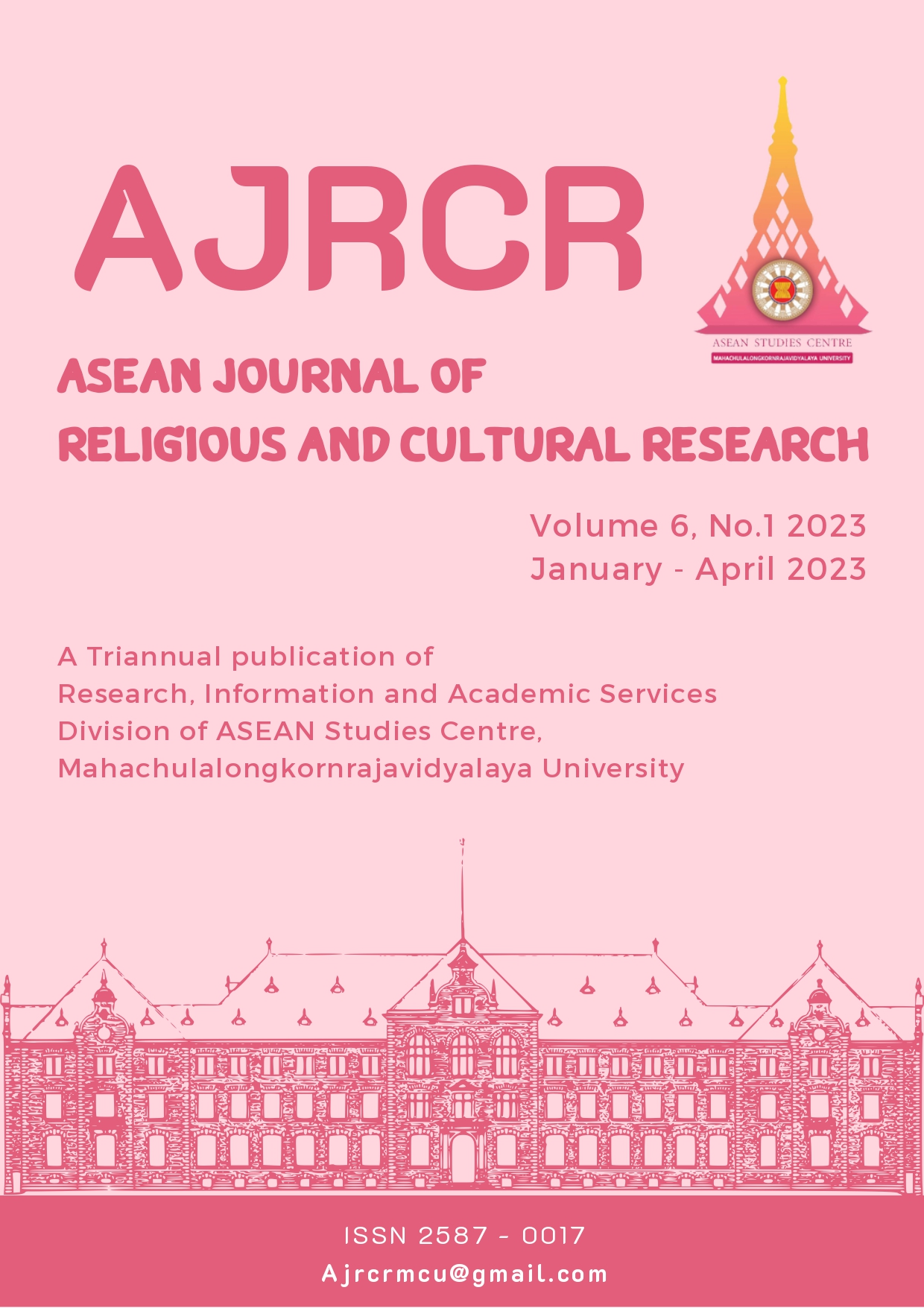AUM: Buddhist Teaching Methods of Moral Teachers in the VUCA World
Keywords:
Buddhist Teaching Method, Moral Teachers, VUCA worldAbstract
This academic article is about Buddhist Teaching Methods of Moral Teachers in the VUCA World. There are many ethical problems that arise with both adults and children. Problems related to children or youth of the nation, which is a problem with behavior is declining morals and ethics and under the changing situation of the world society, VUCA World (short for V: Volatility, U: Uncertainty, C: Complexity, and A: Ambiguity) is a volatile, uncertain, complex change. No one could predict what would happen as well as changes in various conditions in the development of Thailand. As a result, the country’s development needs to review the context and various factors. Buddhist Teaching Methods of Moral Teachers in the VUCA World is one of the tools for improving the quality of education. The role of the monks, in addition to being a moral and ethical educator, a spiritual leader, which is generally a missionary, the main mission that the monks must do is educational management and educational services for the villagers, both for the education of monks and novices for the children of the villagers who came to study and general villagers too education management must be in order to develop Thai people to be human beings who are complete in terms of body, mind, intellect, knowledge and morality, ethics and culture of life, able to live happily with others is “AUM” consisting of A = Active Learning Active, Learning process is used to manage learning, U = Upgrade; it must be upgraded. There is an improvement in teaching and learning to keep up with the modern world in the era of VUCA World and M= Moral, inserting morality in learning management.






